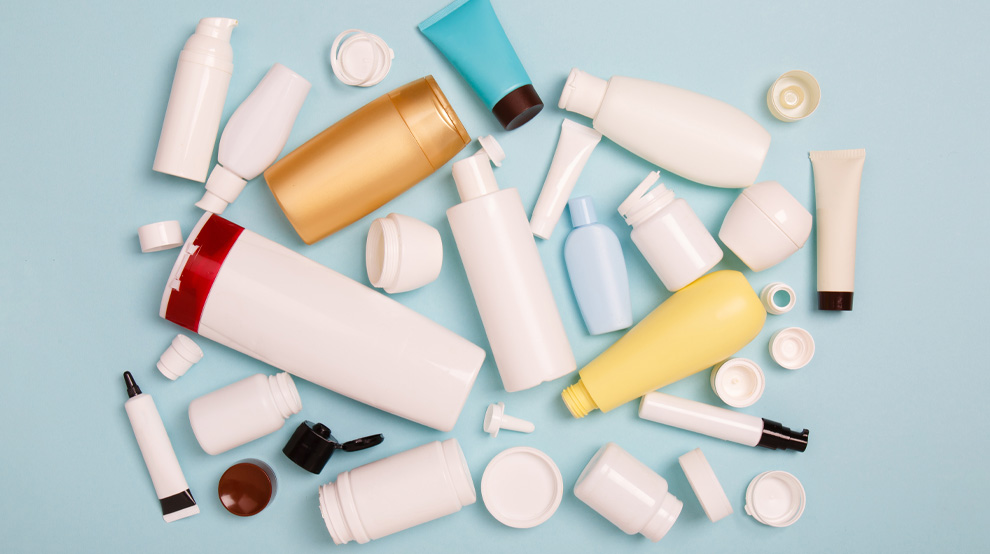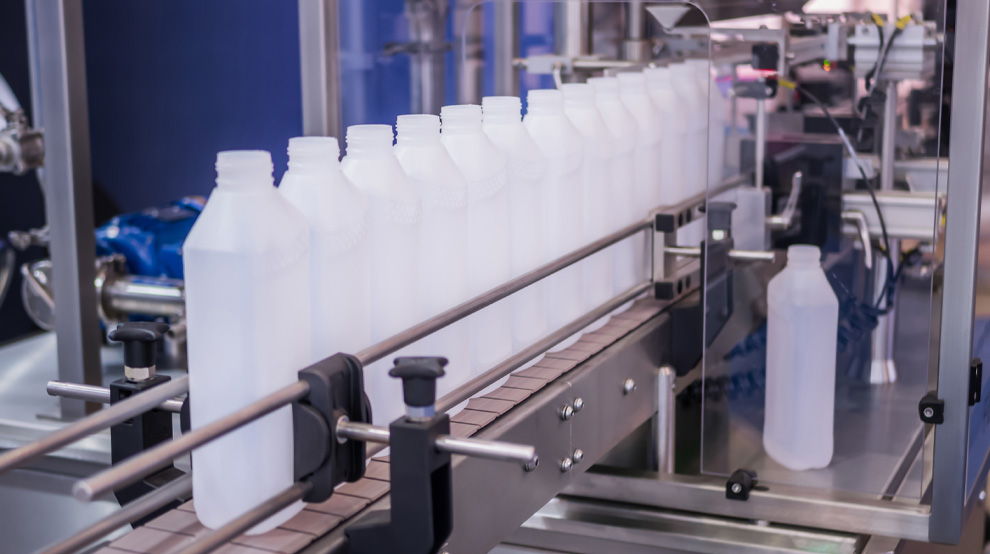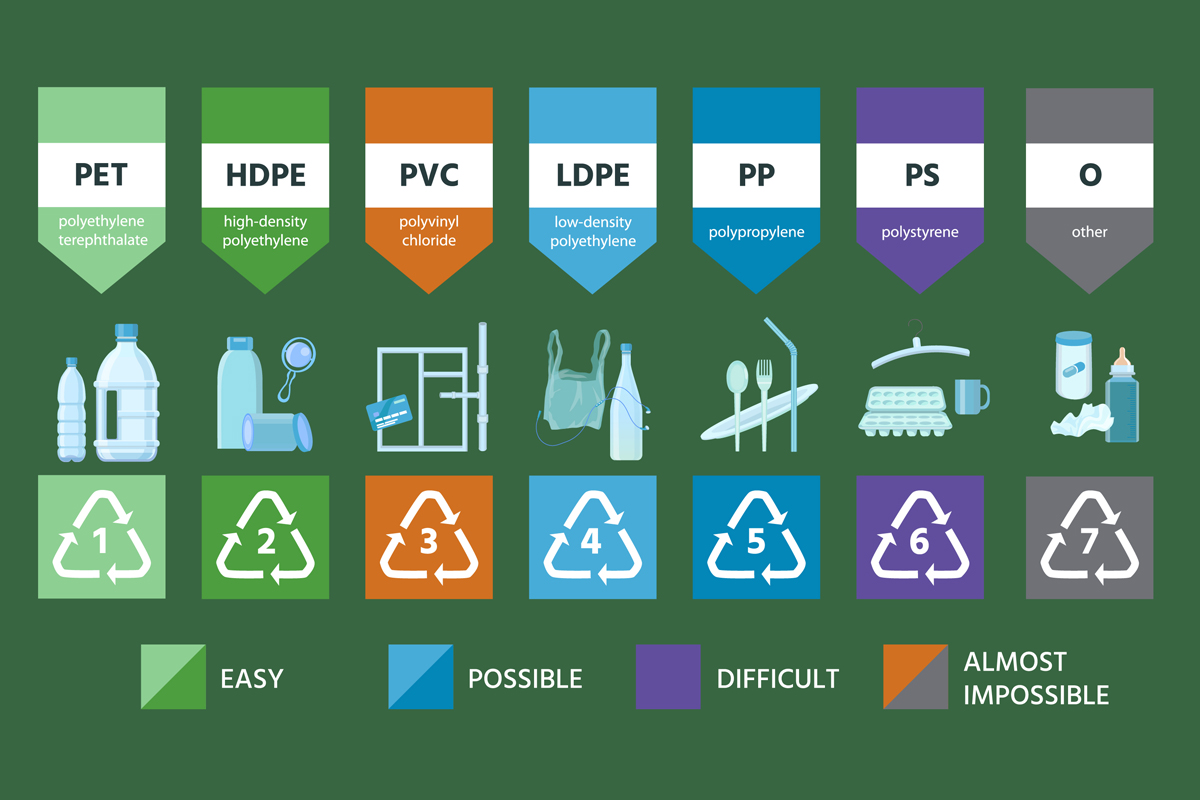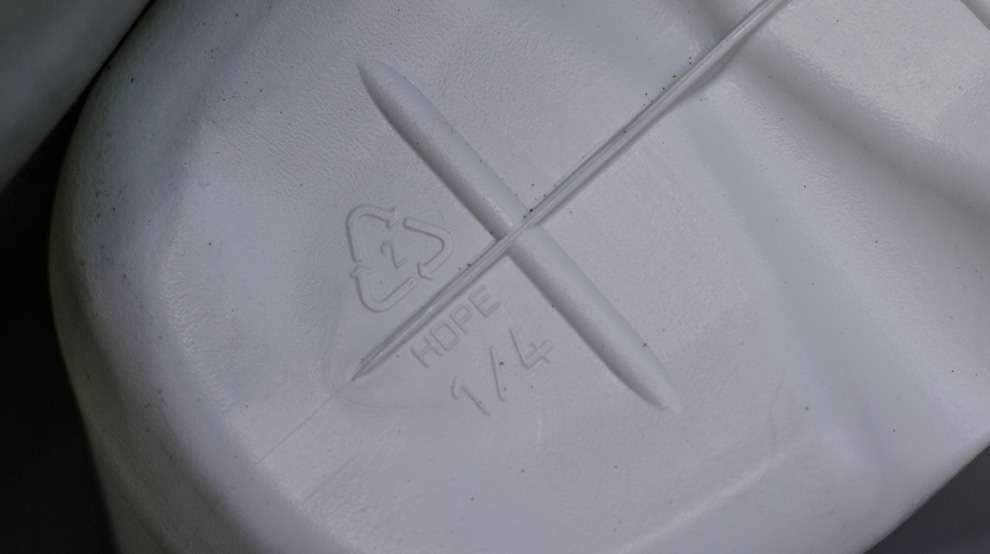Exploring the Properties of HDPE Plastic Bottles

HDPE plastic bottles are made from high-density polyethylene, a strong and durable plastic material that offers a range of beneficial properties. Some key properties of HDPE plastic bottles include:
– Excellent chemical resistance, making them suitable for storing a wide variety of substances such as cleaning products, detergents, and chemicals.
– Lightweight and easy to handle, making them convenient for everyday use and transportation.
– Impact-resistant, reducing the risk of breakage or leakage.
– UV-resistant, preventing the degradation of the bottle and its contents when exposed to sunlight.
– Recyclable, allowing for sustainable disposal and reuse of the material.
With these properties, HDPE plastic spray bottles are an ideal packaging solution for various industries including food and beverage, pharmaceuticals, personal care, and household products.
What are HDPE bottles used for?
HDPE bottles have a wide range of applications due to their versatility and durability. Some common uses of HDPE plastic bottles include:
– Food and beverage packaging: HDPE bottles are commonly used for storing and packaging various liquids such as water, milk, juices, sauces, and oils.
– Personal care products: HDPE bottles are used for packaging shampoo, conditioner, body wash, lotions, and other personal care products.
– Household cleaning products: HDPE bottles are suitable for packaging cleaning solutions, laundry detergents, dishwashing liquids, and other household cleaning products.
– Pharmaceutical products: HDPE bottles are used for packaging pills, tablets, syrups, and other pharmaceutical products.
– Industrial and chemical products: HDPE bottles are widely used for storing and transporting chemicals, solvents, lubricants, and other industrial products.
These are just a few examples of the many applications of HDPE plastic bottles. The versatility of HDPE bottles makes them an essential packaging solution in various industries.

HDPE bottles vs PET bottles
HDPE bottles and PET (polyethylene terephthalate) bottles are both commonly used for packaging, but they have some key differences:
– Material: HDPE bottles are made from high-density polyethylene, while PET bottles are made from polyethylene terephthalate.
– Strength and durability: HDPE bottles are generally more rigid and impact-resistant compared to PET bottles, making them suitable for storing a wide range of substances. PET bottles, on the other hand, are more flexible and have better clarity, making them ideal for products that require transparency.
When choosing between HDPE bottles and PET bottles, it is important to consider the specific requirements of your product and the desired properties of the packaging material.
Can HDPE bottles be reused and recycled?
Yes, HDPE bottles can be reused and recycled, making them an environmentally-friendly packaging choice. Here are some key points to know about reusing and recycling HDPE bottles:
– Reuse: HDPE bottles can be safely reused multiple times as long as they are properly cleaned and sanitised. They are particularly suitable for storing non-hazardous substances such as water, beverages, and household products.
– Recycling: HDPE bottles are highly recyclable. After collection, the bottles are sorted, cleaned, and processed into small plastic pellets. These pellets can then be used to create new HDPE bottles or other plastic products. Recycling HDPE bottles helps conserve resources, reduce landfill waste, and minimise the environmental impact of plastic packaging.
By reusing and recycling HDPE bottles, you can contribute to a more sustainable and circular economy.

Environmental Impact of HDPE Plastic Bottles
HDPE plastic bottles have a relatively low environmental impact compared to other packaging materials. Here are some key points to consider:
– Energy-efficient production: HDPE bottles require less energy to produce compared to alternatives such as glass or aluminium. The manufacturing process of HDPE bottles also generates fewer greenhouse gas emissions.
– Lightweight and efficient transportation: HDPE bottles are lightweight, which reduces fuel consumption during transportation. Their durability also helps prevent product loss or leakage, further reducing waste.
– Recyclability: HDPE bottles are recyclable, allowing for the recovery and reuse of the plastic material. Recycling HDPE bottles helps conserve resources, reduce landfill waste, and minimise pollution.
– Environmental considerations: While HDPE bottles offer many environmental benefits, it is important to dispose of them properly. Avoid littering and make sure to recycle HDPE bottles to maximize their environmental advantages.
Overall, HDPE plastic bottles are a sustainable packaging option with a relatively low environmental footprint.
Tips for Proper Disposal and Recycling of HDPE Plastic Bottles
Proper disposal and recycling of HDPE plastic spray bottles are essential for minimising their environmental impact. Here are some tips to follow:
– Empty and rinse the bottle: Before recycling, make sure to empty the contents of the bottle and rinse it thoroughly to remove any residue.
– Check local recycling guidelines: Different areas may have specific recycling guidelines, so it is important to check with your local recycling facility or municipality to ensure proper recycling practices.
– Place in recycling bins: Once prepared, place the HDPE bottles in designated recycling bins or take them to a recycling centre for proper disposal.
By following these tips, you can contribute to the effective recycling of HDPE plastic bottles and help reduce waste.

Where can I buy HDPE bottles?
Here at Sema Online, we offer a range of HDPE bottles in different shapes and sizes. For further information on our bottles, get in touch with our experts who have years of industry knowledge to help you find the perfect spray bottle for you.
Before purchasing HDPE bottles, consider the quantity, size, and specific requirements of your product to ensure you choose the most suitable option.
